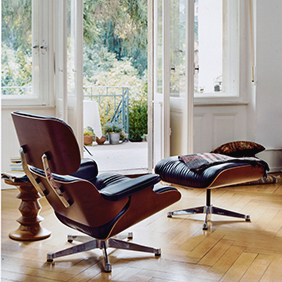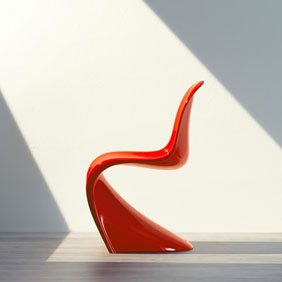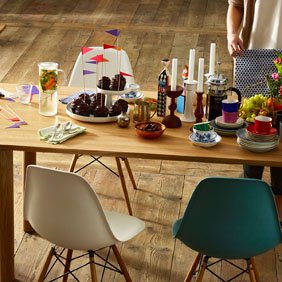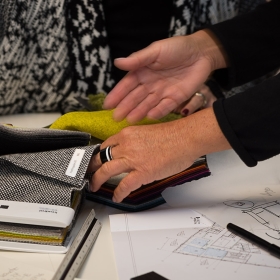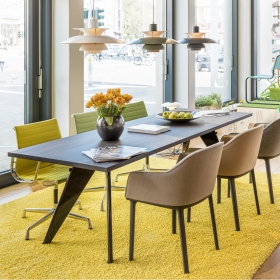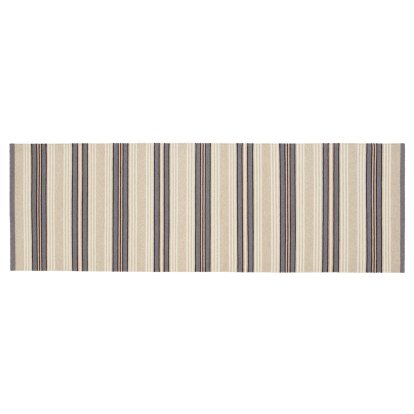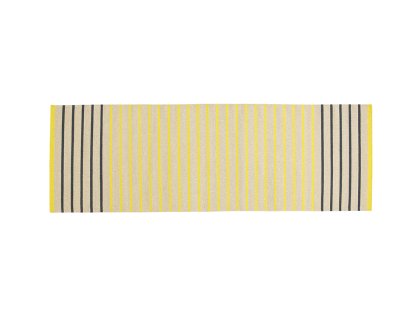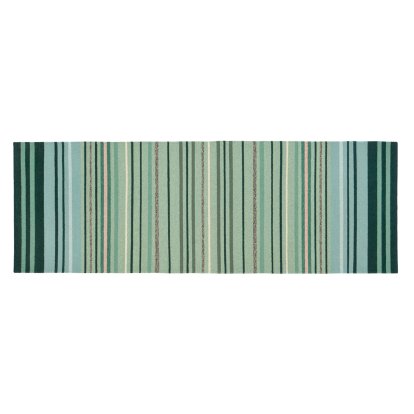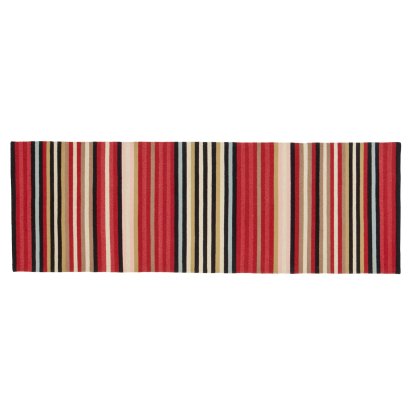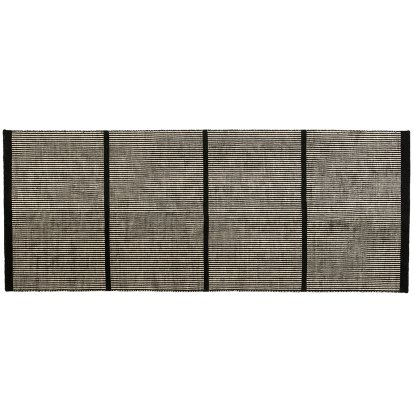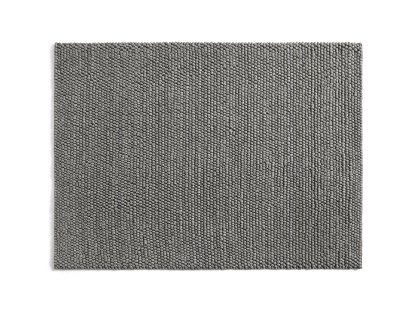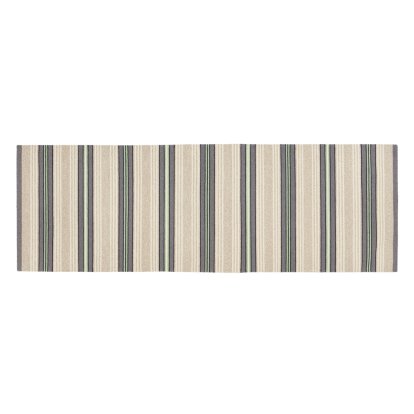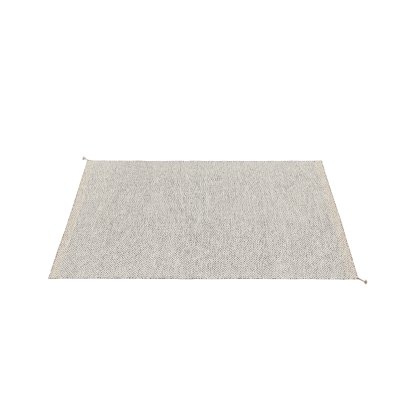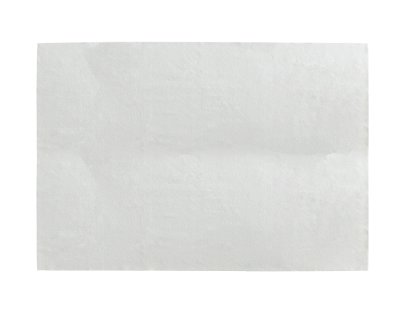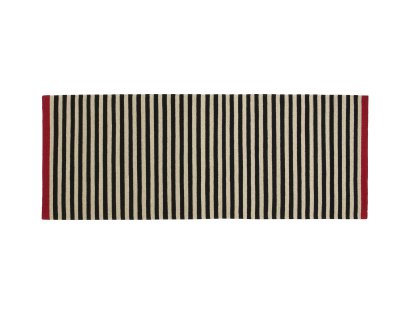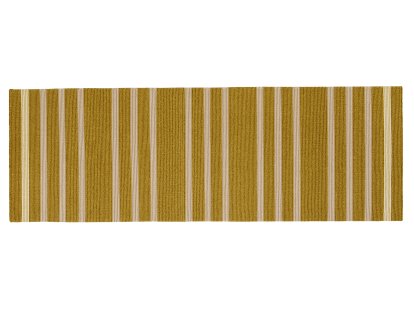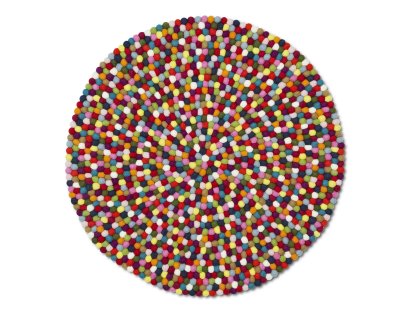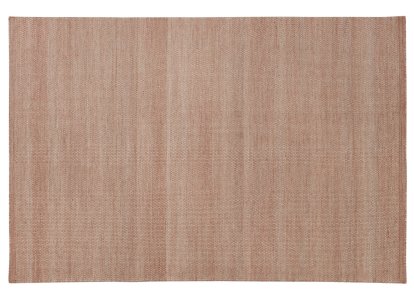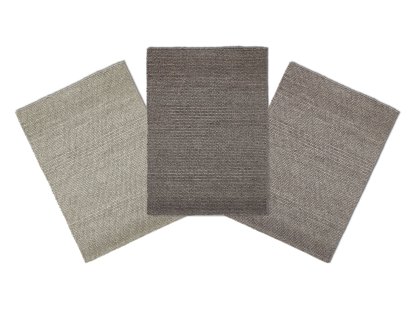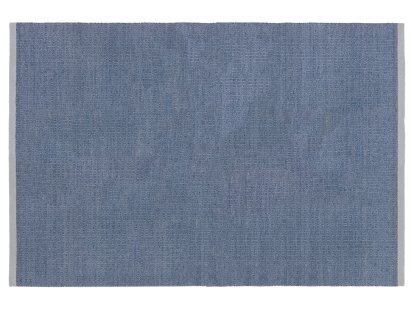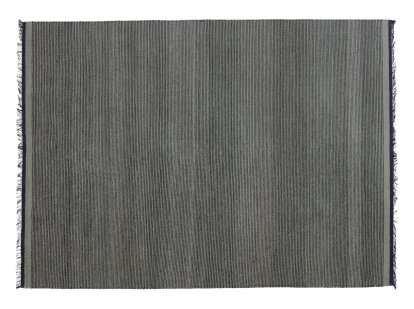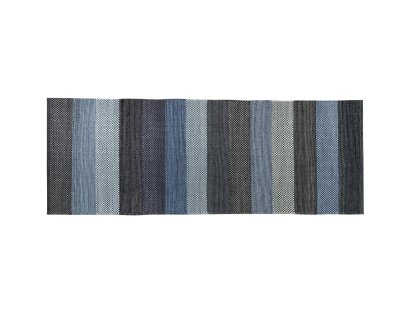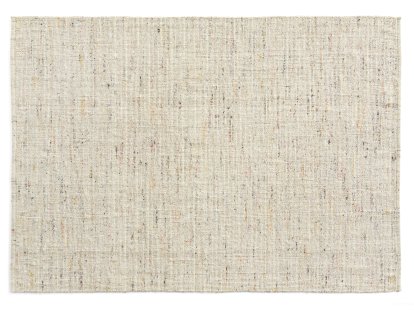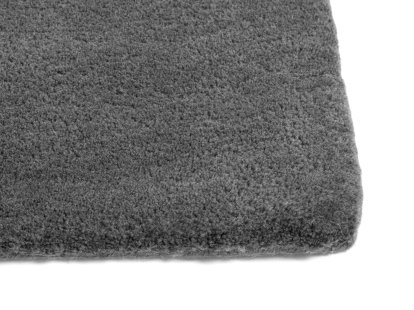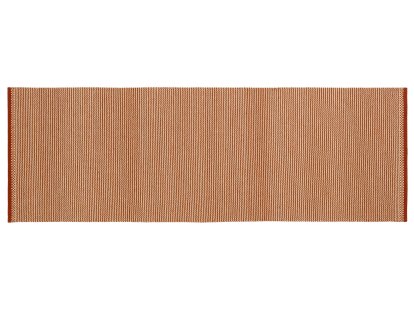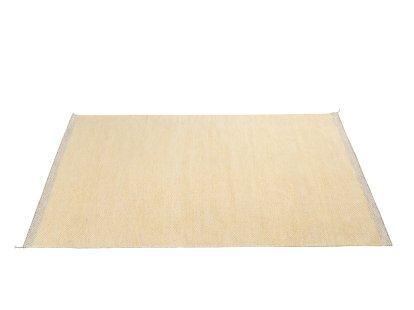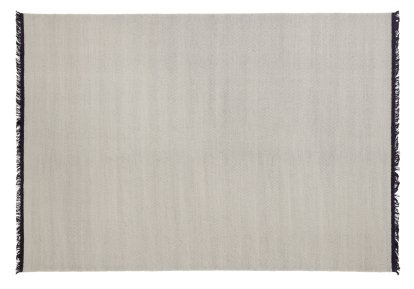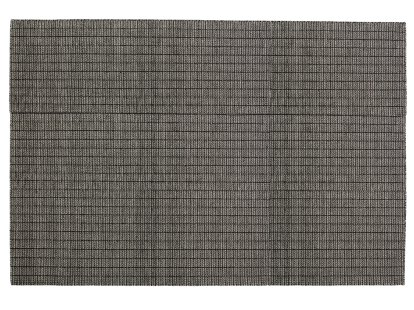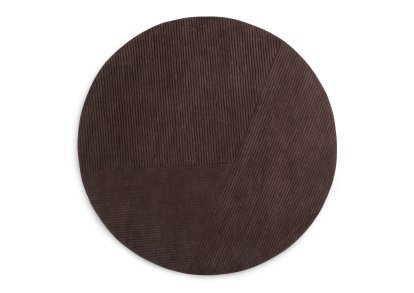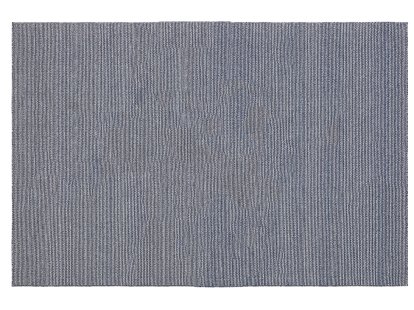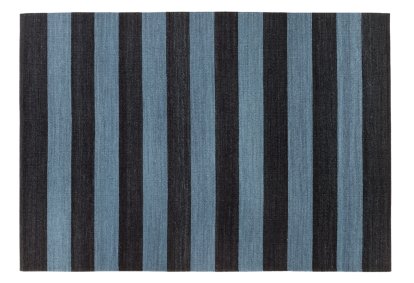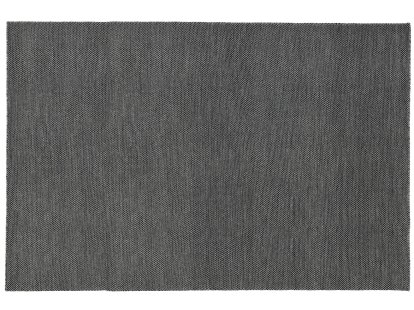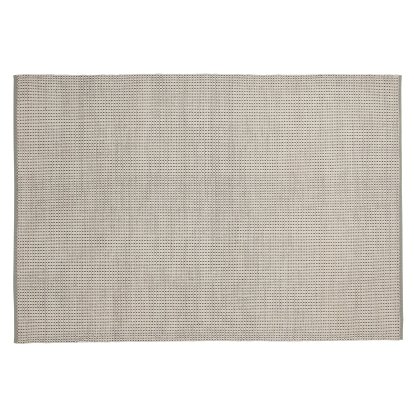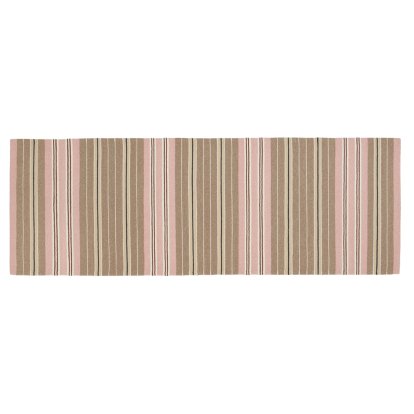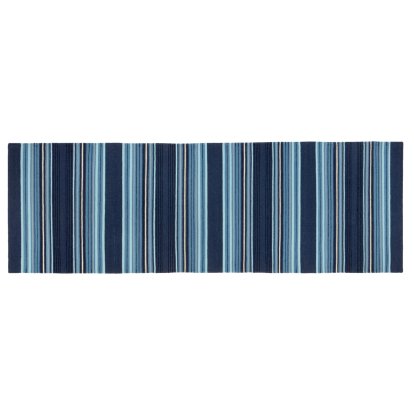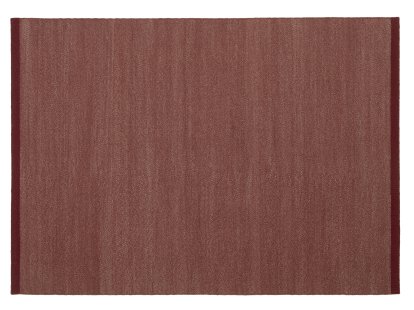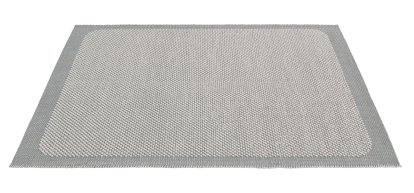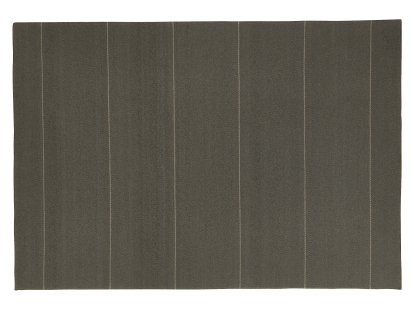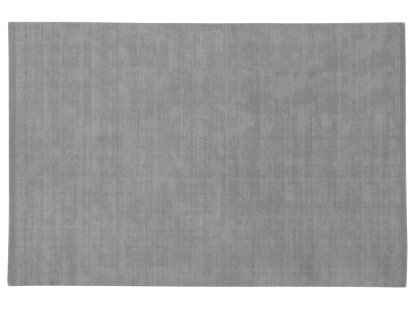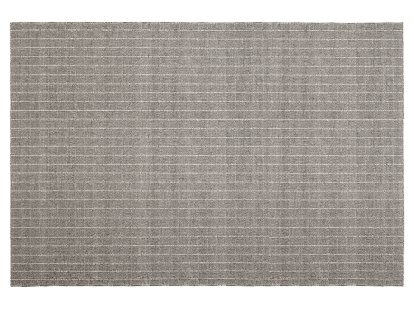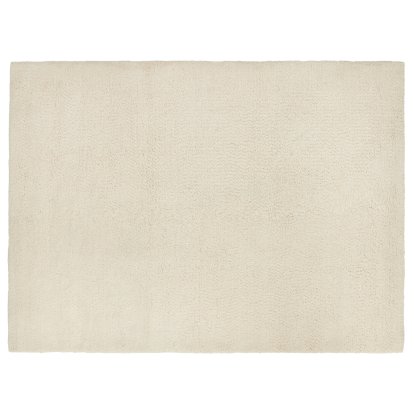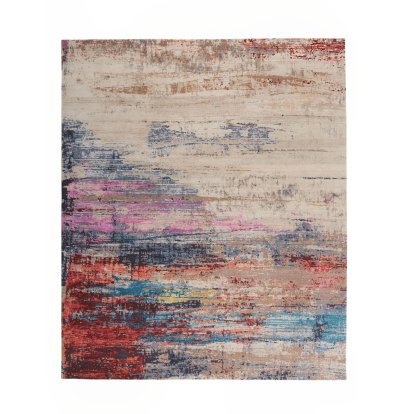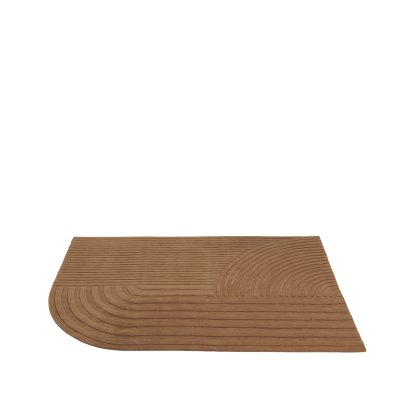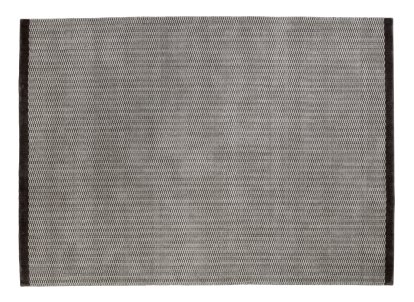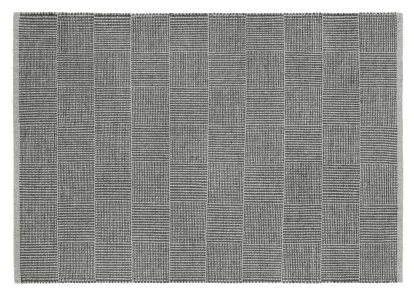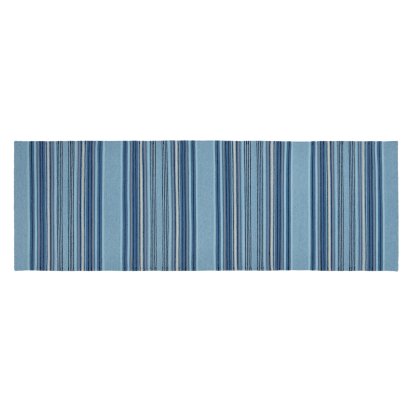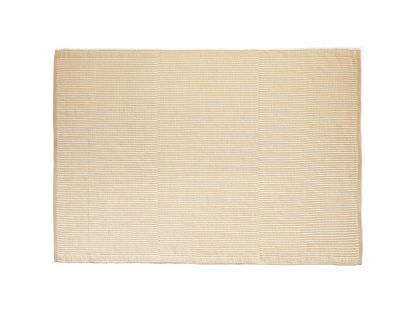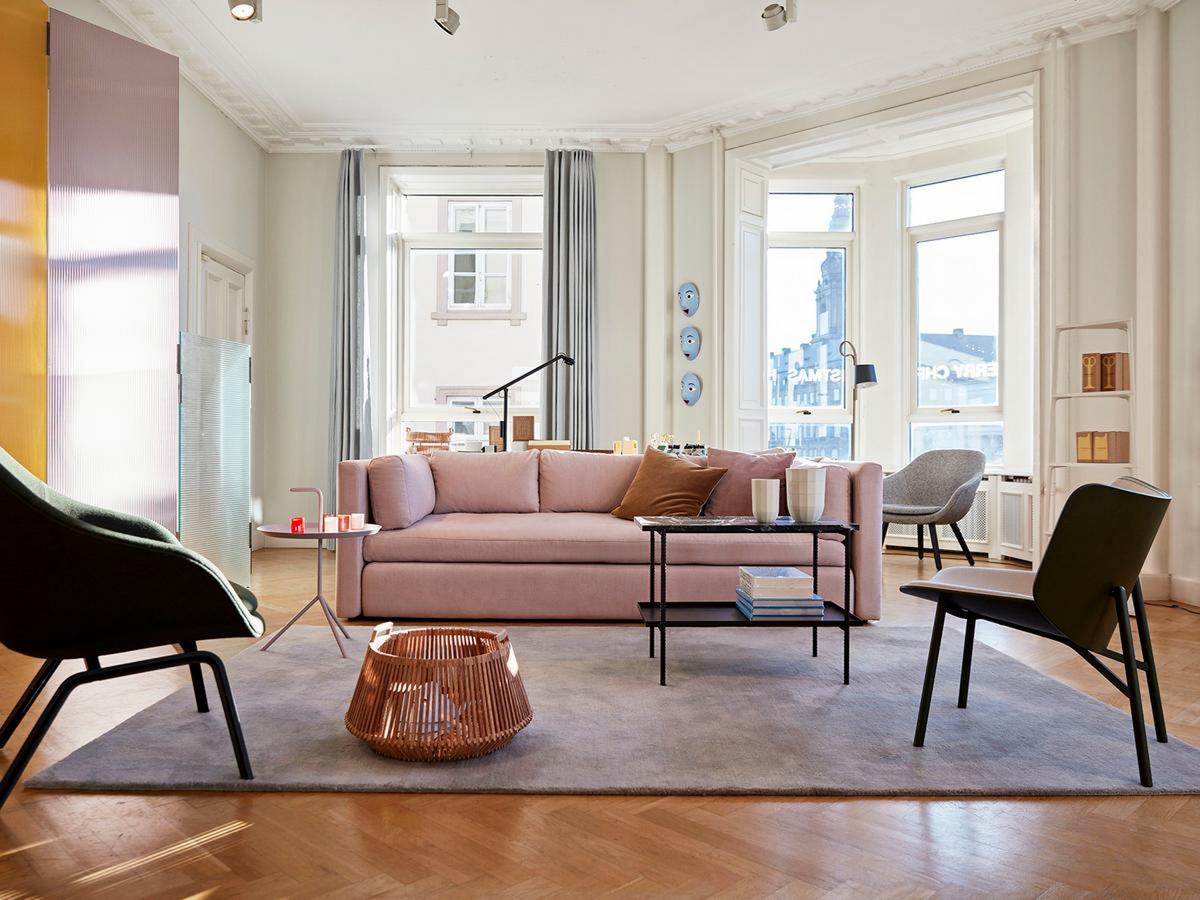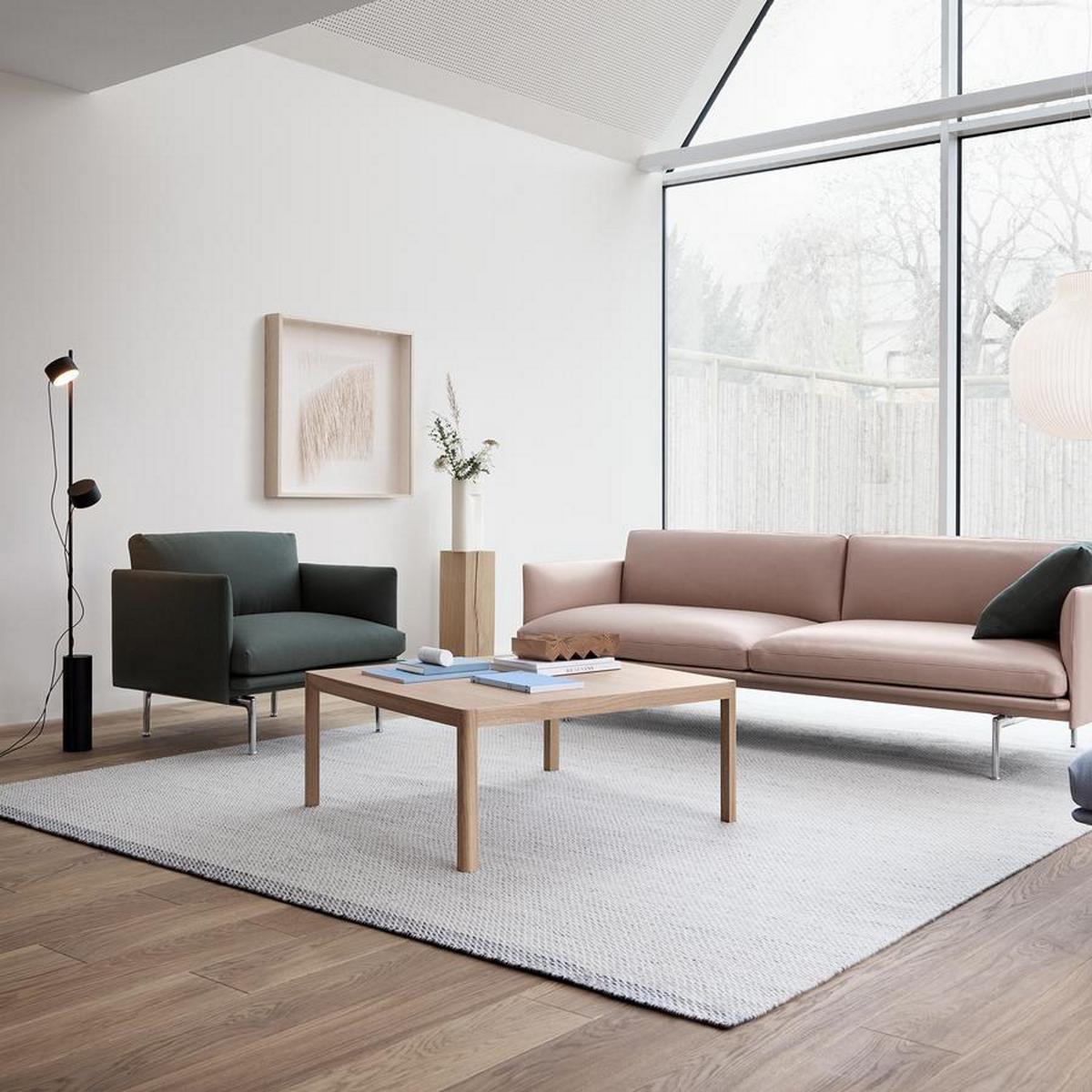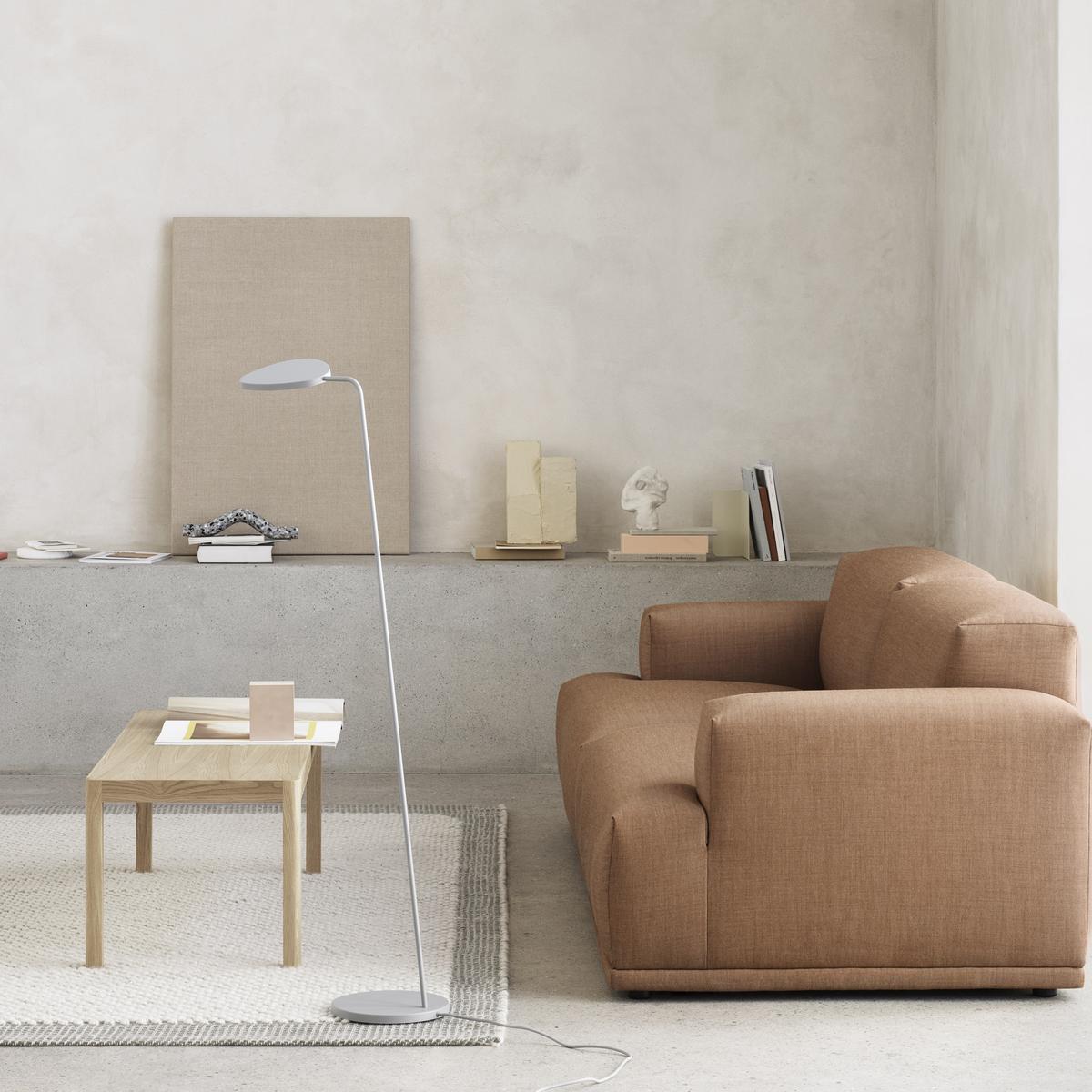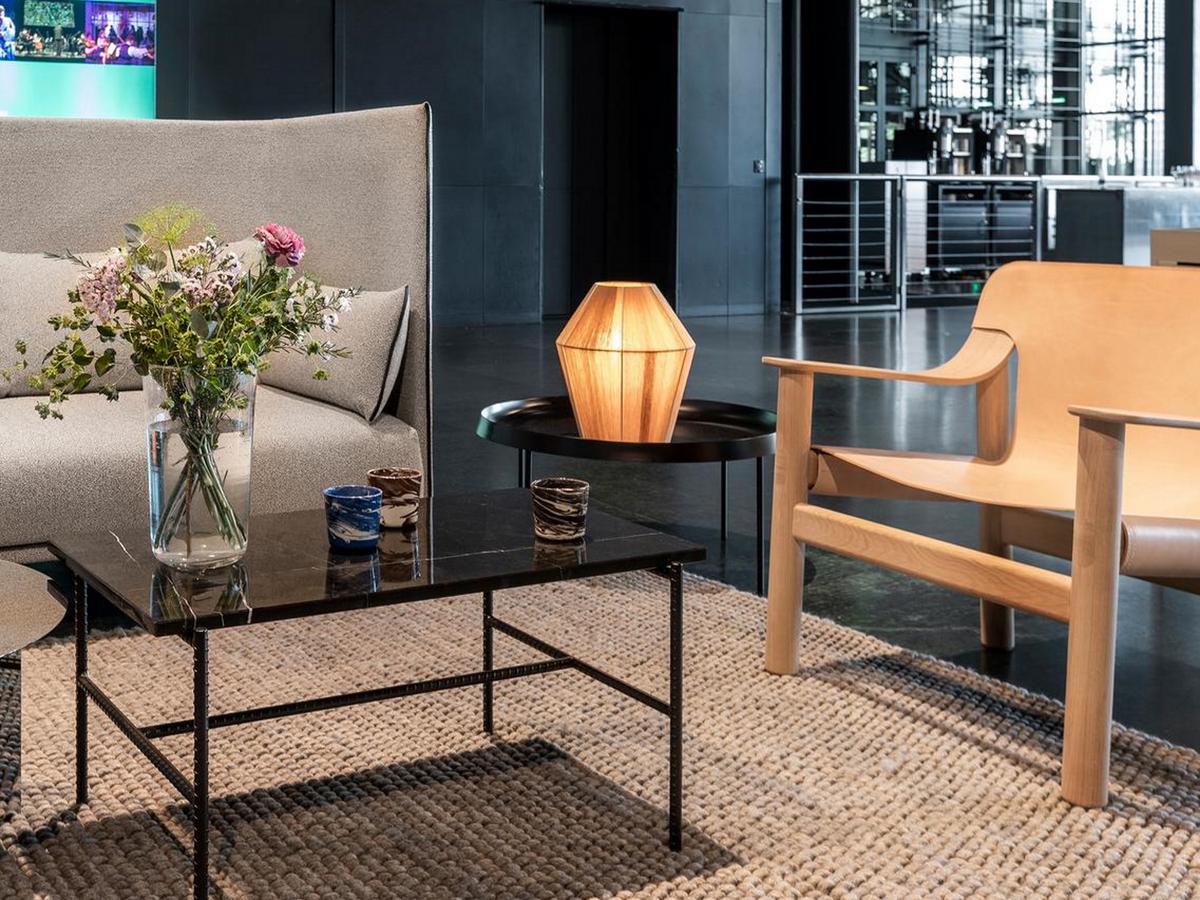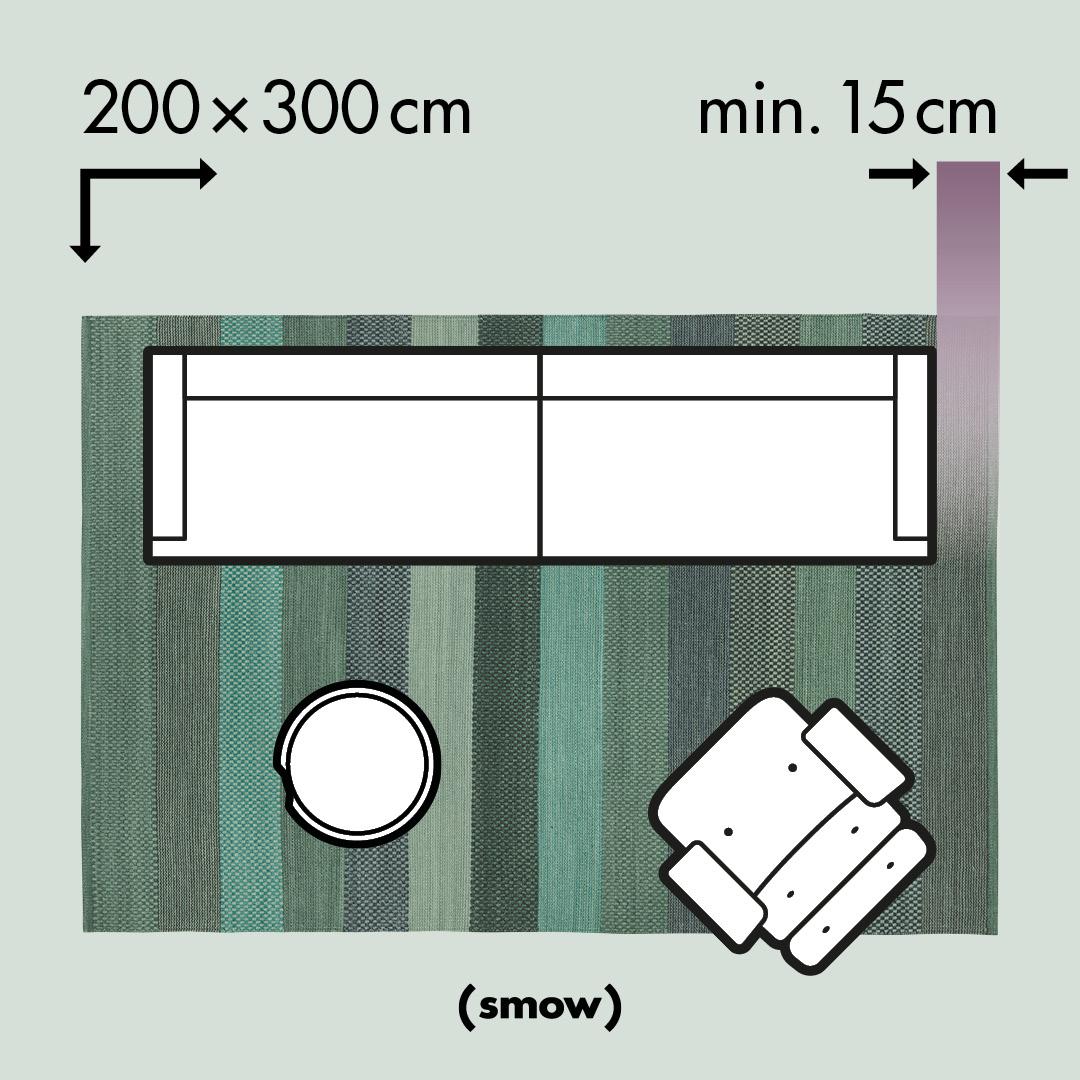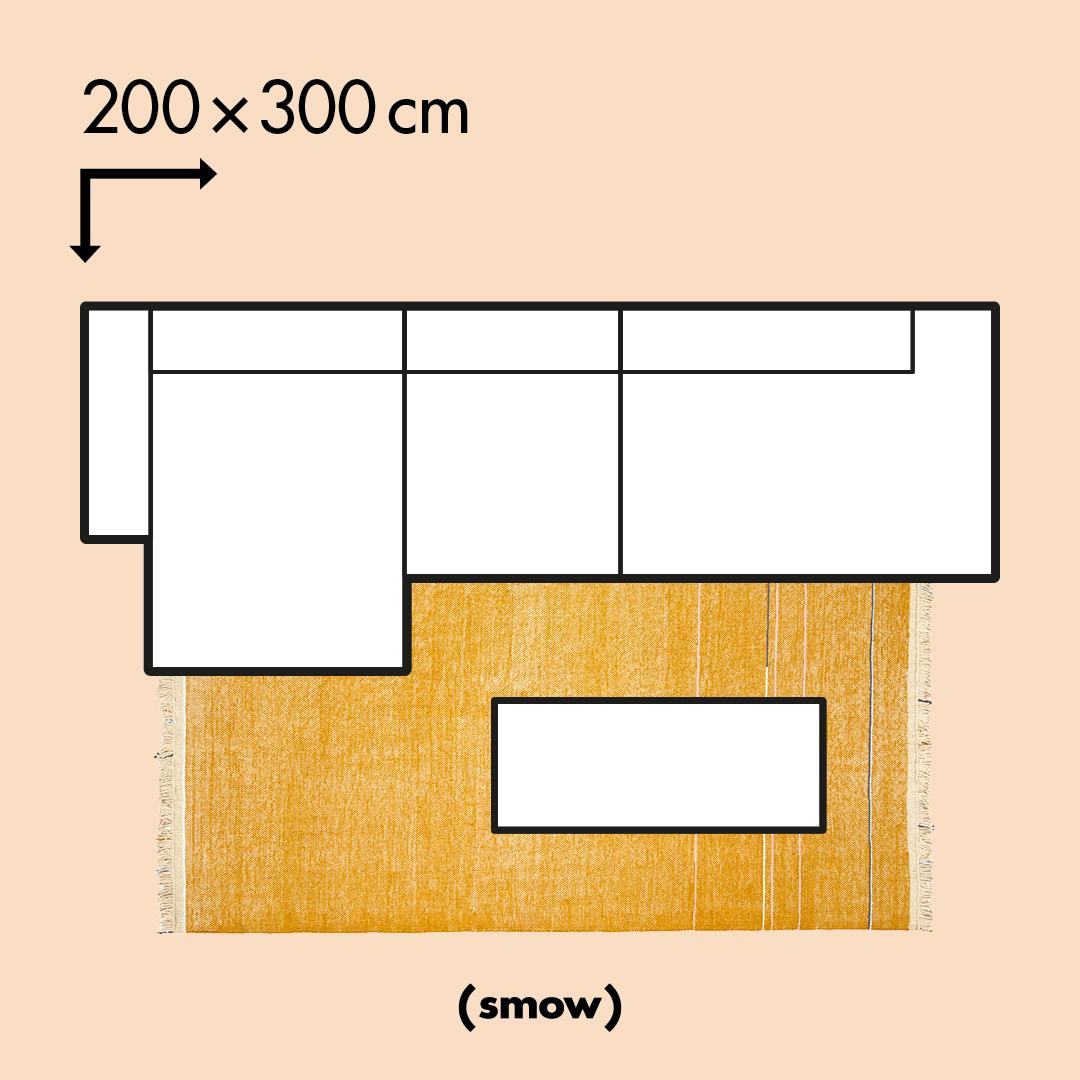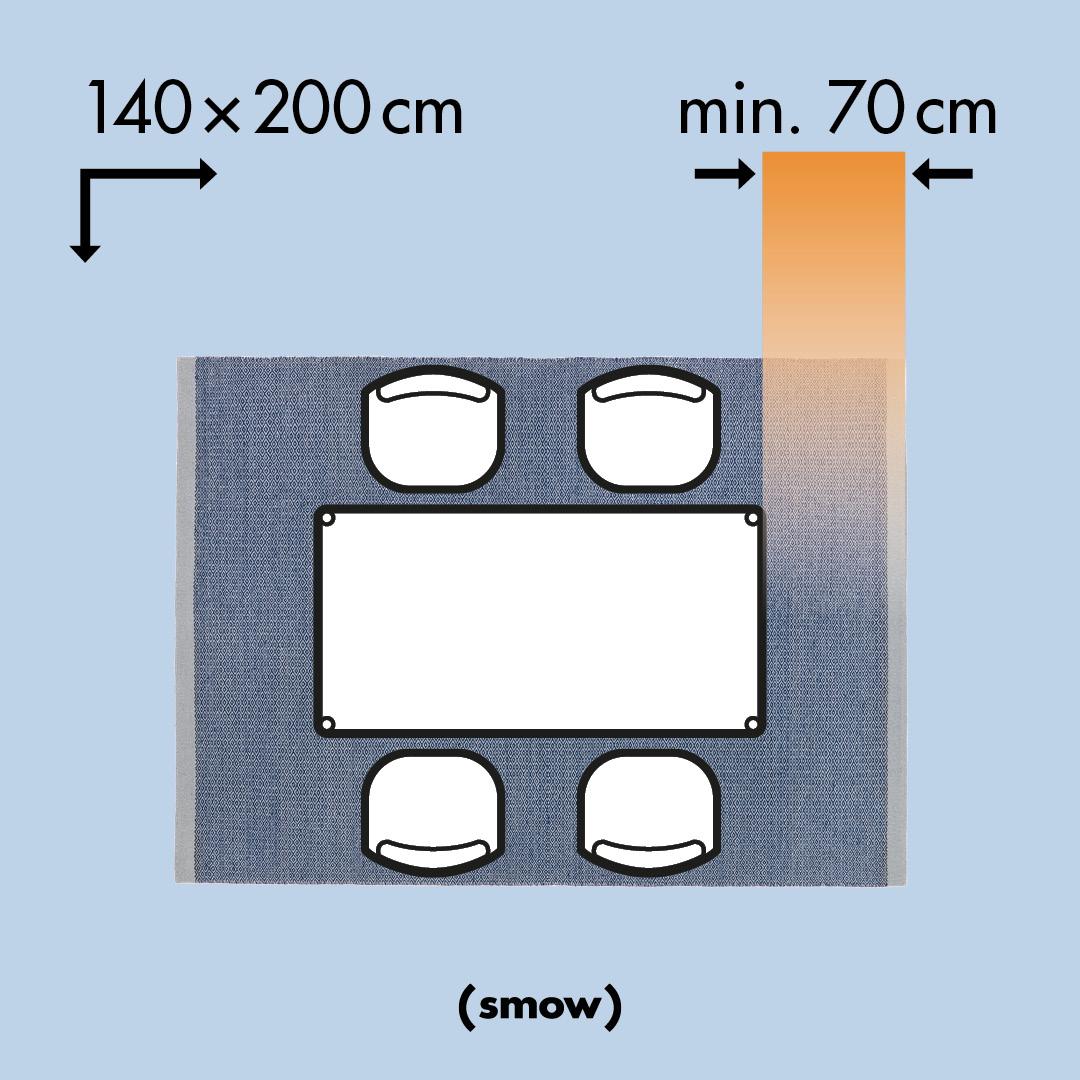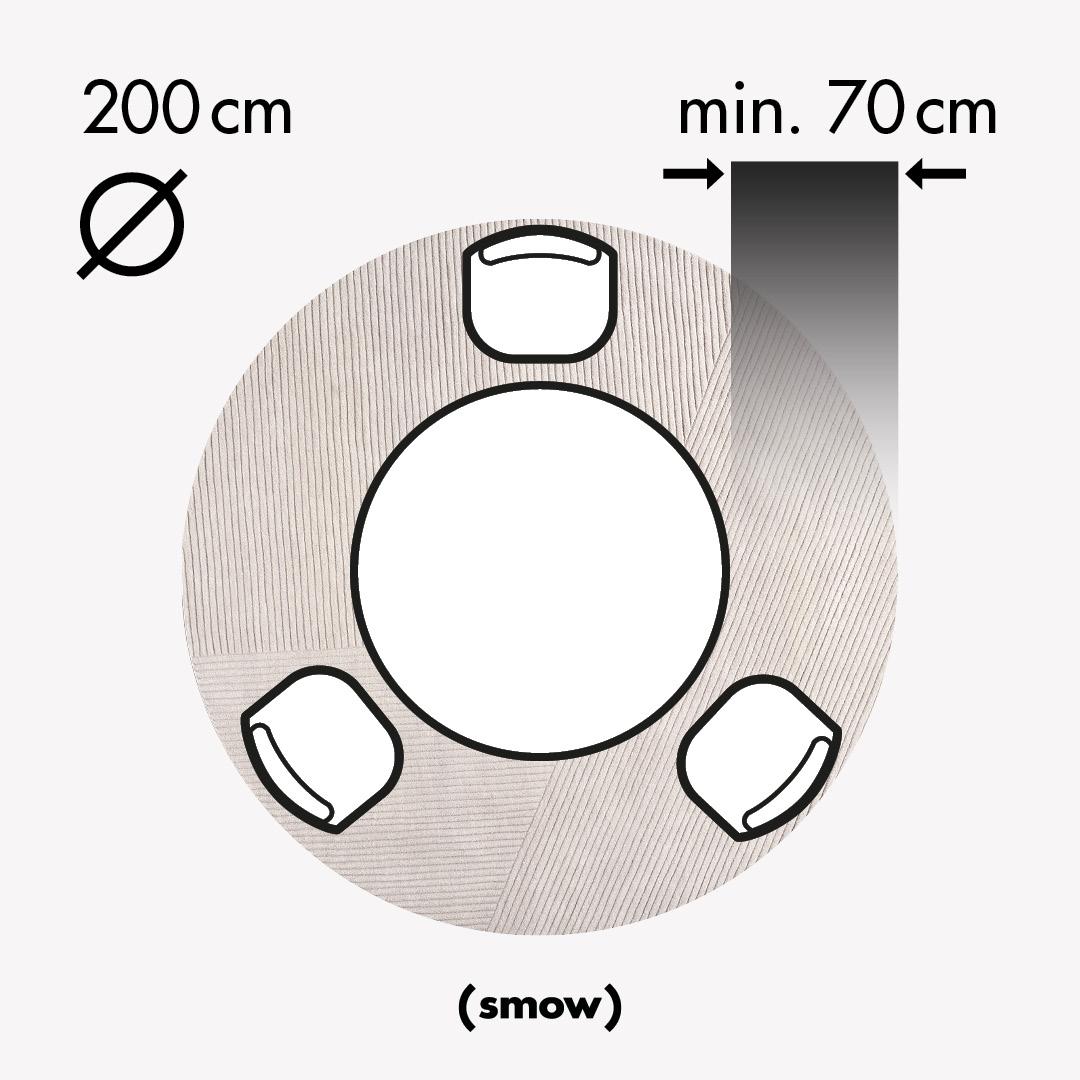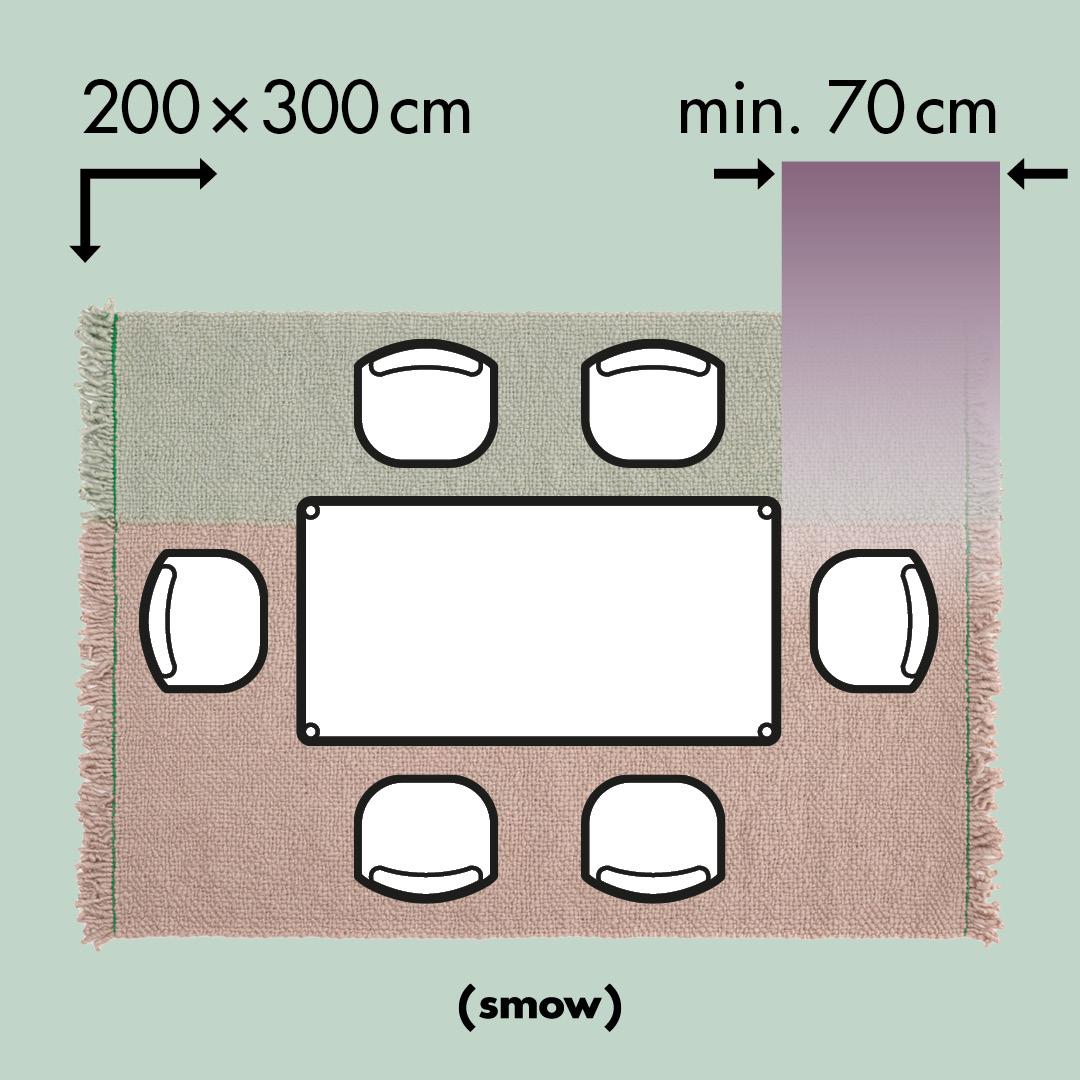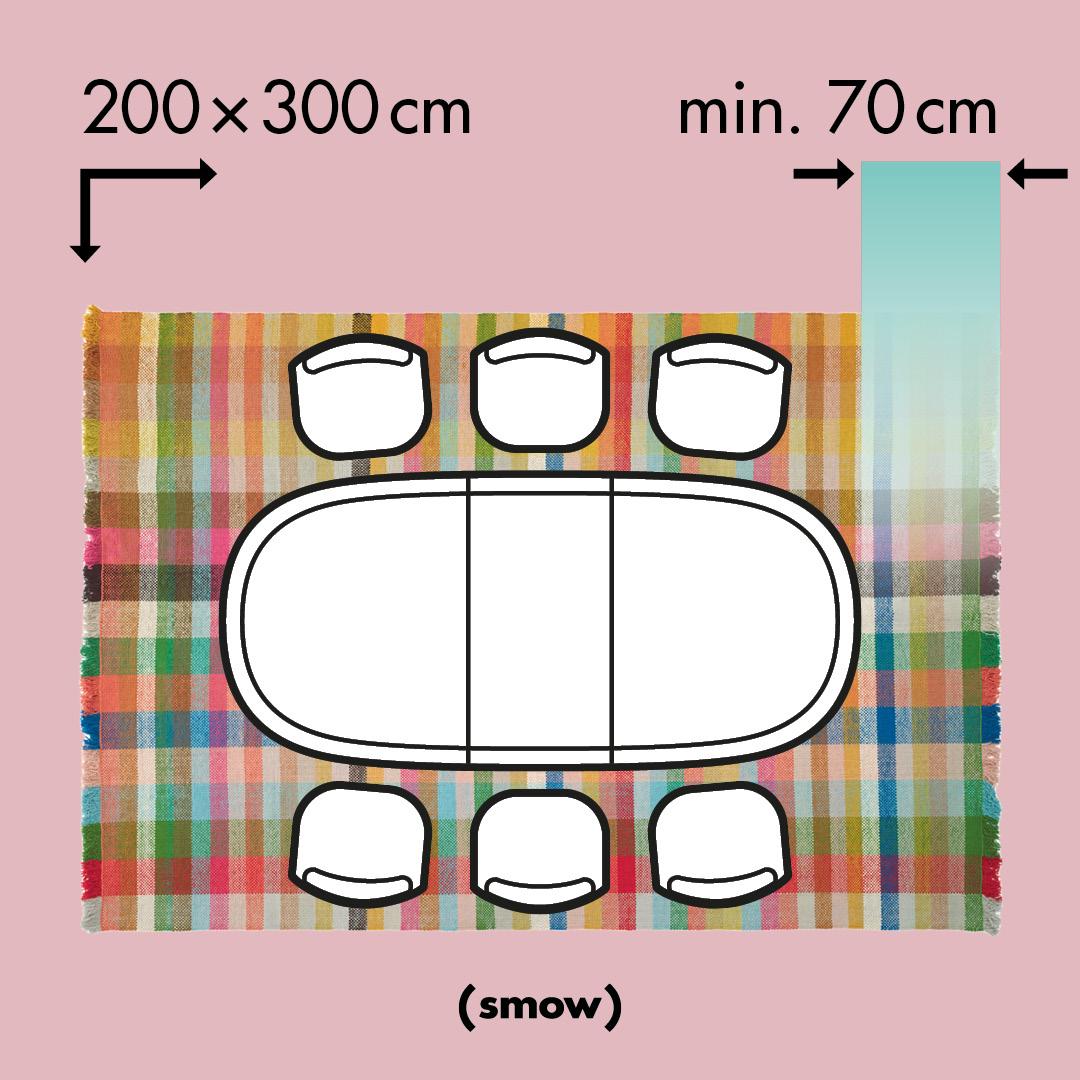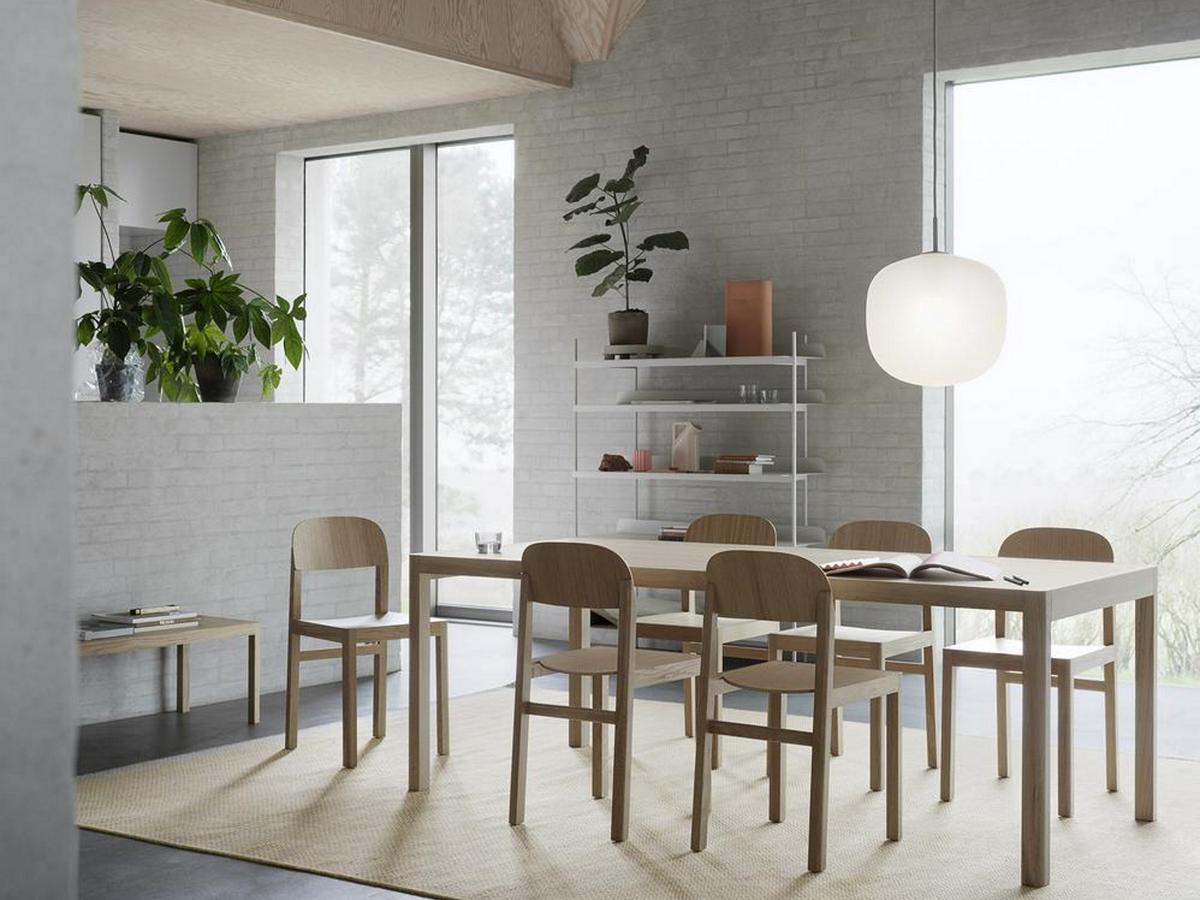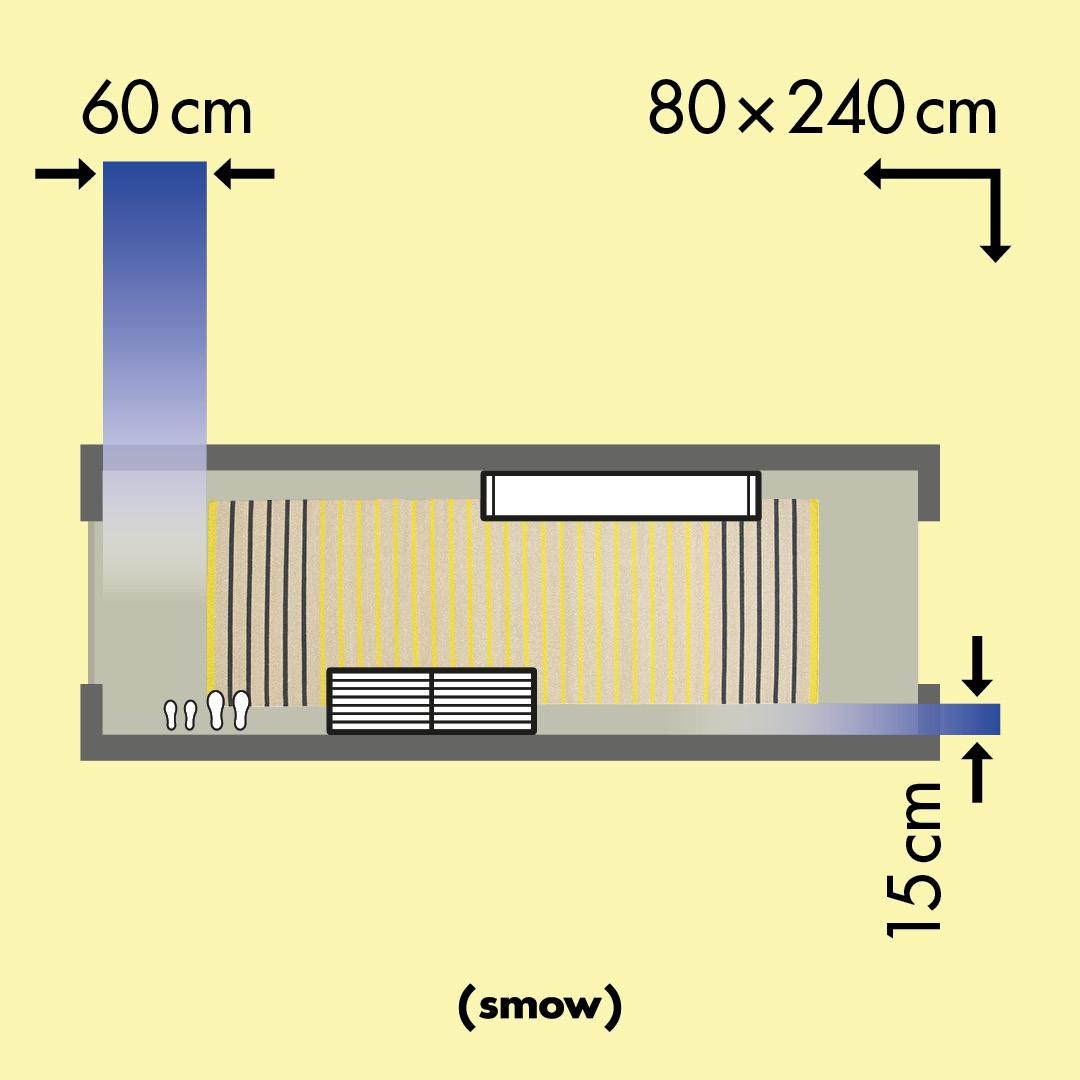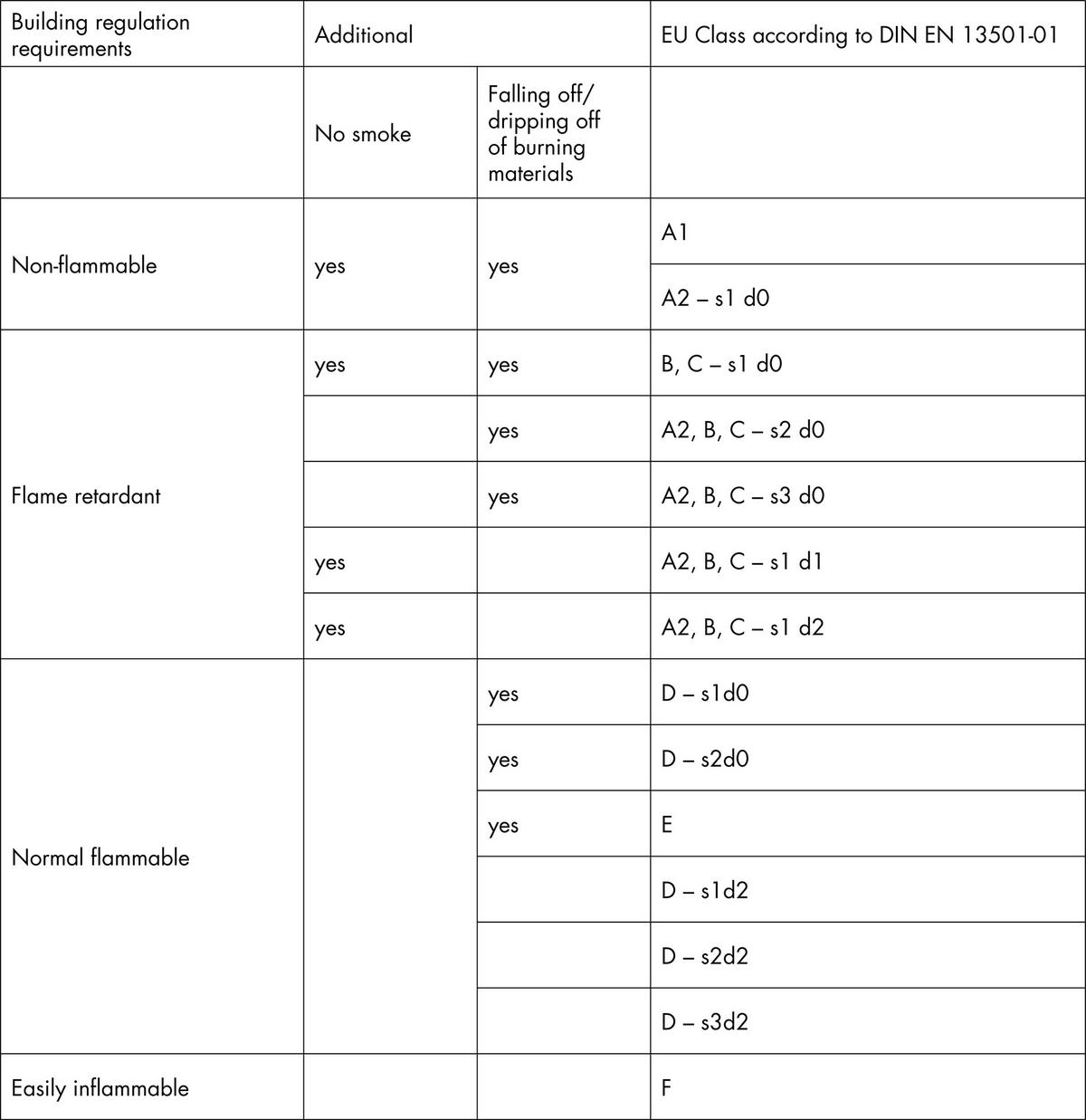High quality design carpets for every room
Designer rugs - colours, shapes, living spaces
Designer rugs make any room more homely and more comfortable. On the one hand, there are practical aspects: because rugs warm, insulate or dampen noise. Then there is their decorative potential: rugs always bring a special, very individual visual touch to a space. It is not for nothing that designer rugs have always embodied prestige, status and exquisite taste as artistically handcrafted treasures. Today, designer rugs combine practical advantages with design sophistication.
► WHICH COLOUR FOR A DESIGNER RUG?
► WHAT MATERIALS ARE DESIGNER RUGS MADE OF?
► FUNCTION AND SIZE OF A RUG
► WHICH DESIGNER RUG IS SUITABLE FOR WHICH ROOM?
► WHICH RUG FOR THE LIVING ROOM?
► WHICH RUG FOR THE DINING ROOM?
► WHICH RUG FOR THE ENTRANCE HALL?
► WHICH RUG FOR OUTDOOR AREAS?
► CARPET FIRE PROTECTION CLASSES AT A GLANCE
► DESIGNER RUG FAQS
Which colour for a designer rug?
Contrasts in particular play a decisive role in the choice of rug colour. Designer rugs in light, milder colours go best with a darker floor; on a lighter floor, on the other hand, darker carpets form a harmonious counterpoint. Light carpet colours enlarge a room optically, darker tones are a wonderful eye-catcher in rooms flooded with light.
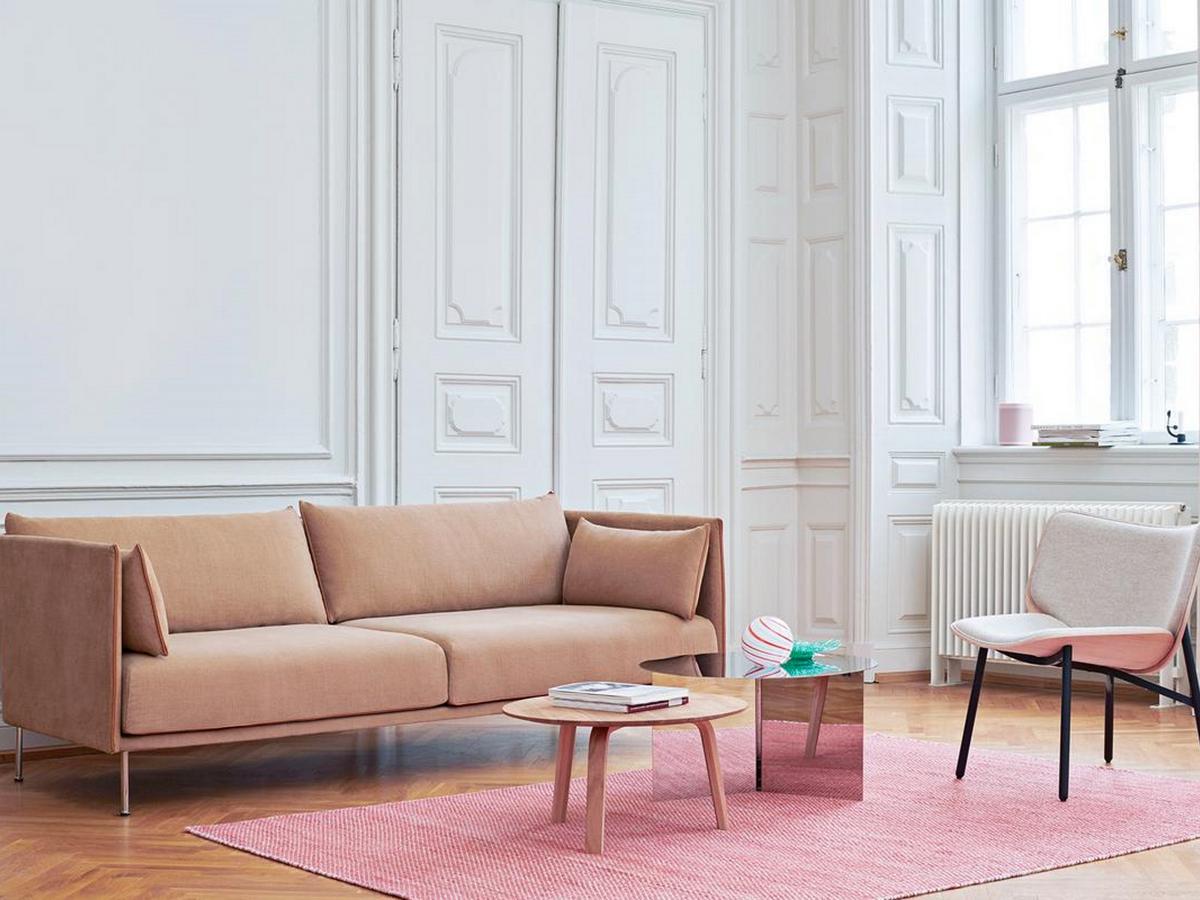
As a touch of colour, designer rugs are nuanced interior accessories
| Dark floor | Light floor |
| e.g. Bellis - Fabula Living in rosé/Cremeweiß | Myrtus - Fabula Living in black/Charcoal |
What materials are designer rugs made of?
Natural fibres are the most common material for designer rugs. On the one hand, natural materials ensure a real feel-good atmosphere, on the other hand they are a sustainable materials that stand for quality and are sustainable with a long service life and the retention of shape and colour. Wool and cotton are fabulous designer rug materials.
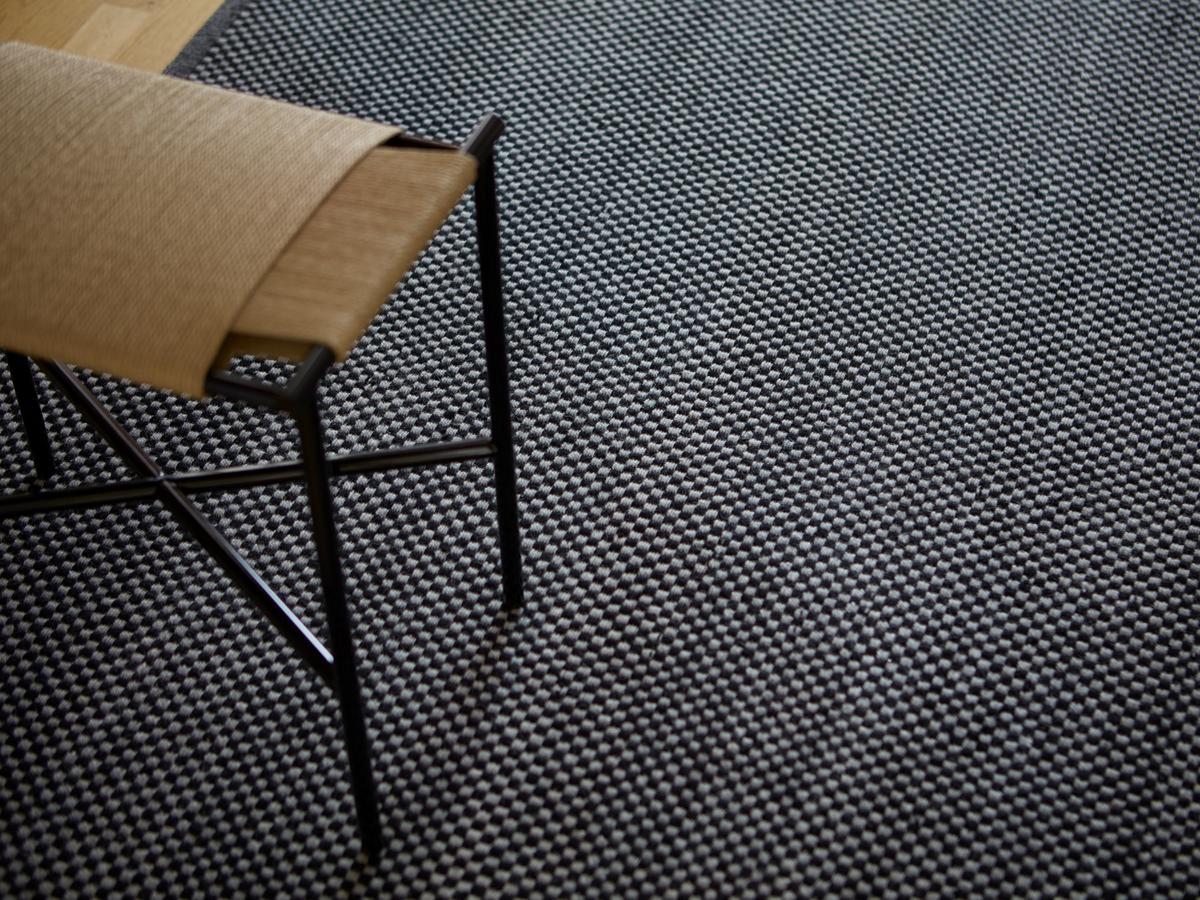
Whether cuddly soft or rather smooth, designer rugs are suitable for every preference
Jute, hemp and sisal are materials that can be found particularly in rugs for the kitchen or dining area. Bamboo is also one of those natural materials that are resistant and durable. Bamboo is one of the fastest growing materials and therefore ecologically valuable.
Special attention is paid to felt in the production of high-quality designer rugs because of its robustness and versatility: it is not for nothing that small felt balls lined up in a row, for example, quickly became the current top seller among carpets.
But not only natural materials have many advantages. Synthetic fibres, for example, impress with their easy cleaning and the wide range of possible uses.
Function and size of a rug
Size matters... When in doubt, it is advisable to choose a larger designer rug, a smaller model quickly becomes invisible or achieves an undesirable visual effect. With a sufficiently large designer carpet, furniture does not appear too powerful and creates a harmonious overall composition. Picture Perfect!
Tip: The ideal size of a designer rug is obtained by subtracting around 60 centimetres from the shortest wall in the room. When placed directly in front of a sofa, a rug should always protrude 30 centimetres at each side.
Which designer rug is suitable for which room?
Not every rug is suitable for every room - when choosing a carpet, attention should be paid to function, location and floor conditions. The be-all and end-all when buying a rug is that its shape and colour match the rest of the interior, only then can they bring a room a cosy update that harmonises harmoniously with the interior and enhances the room itself.
Which rug for the living room?
Which rug model you choose depends particularly on the style of the furniture and its colours. With the right designer carpet, the living room becomes especially homely - it also complements the room and visually connects the furniture to form a living island. In smaller rooms, the protruding ends of the rug make the room appear larger and the furniture appear more delicate. Whether high-pile, patterned, single-coloured or brightly coloured is a matter of taste. Contrasting colours with the furniture or tone-on-tone models are a good starting point when choosing the perfect designer rug.
Tip: For the perfect rug position and size in the seating or TV island, it is best to measure the length of your sofa then simply add approx. 30 cm, and you have an excellent guide for the optimal rug size.
Which rug for the dining room?
The designer rug in the dining area zones the room and allows the dining room furniture to unfold their full effect. A carpet under a dining table accentuates the area and the furniture while also helping reduce the noise level. A designer carpet in the dining room should be easy to care for, after all, a few crumbs always fall under the table. Give preference to synthetic fibres or natural fibres such as cotton, which can be cleaned quickly in the washing machine or with a sponge.
Tip: No designer dining table without a designer rug. With the right designer rug, not only does the dining area appear as a whole, but also the designer table in detail. The carpet should be at least 70 centimetres longer than the table on all sides (even with round dining tables), you don't want your guest's chairs catching son the carpet edge!
Welcome is the motto in every entrance area. The focus here is on feeling good when you come home and when you receive guests. The designer rug in the entrance hall should not only be dirt-resistant and easy to clean, but also reflect the shape and furnishings of the room. Rugs made of jute, cotton or mixed wool are excellent materials for hallway rugs. Carpets made of synthetic fibres or polypropylene are dirt-repellent.
The hall rug can also be understood as a foot-warming element, as many entrance areas are equipped with cold tiles or natural stones. Often, however, it also protects sensitive floorboards or parquet floors.
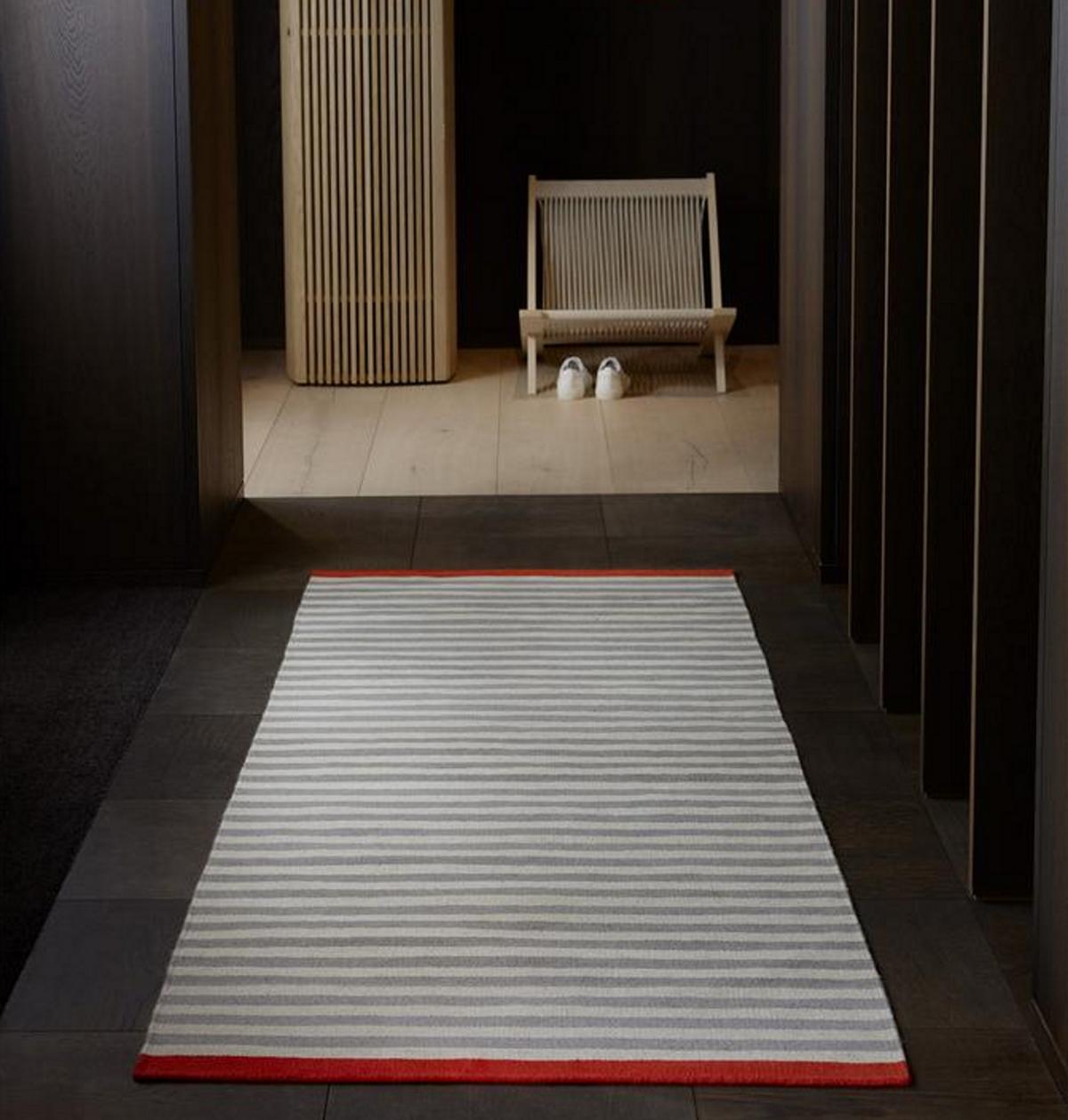
Runners in the entrance area are gentle on the floor and a beautiful eye-catchers, such as Rosemary from Fabula Living
Rule of thumb: Your rug in the hallway is the optimal size if approx. 1.20m is subtracted from the length of the hallway and 15 cm space is left on each side.*
Tip: In the hallway or entrance area, narrower mats are particularly suitable. If these are not equipped with an anti-slip coating, it is important to pack special carpet stoppers under the mat. No one wants to trip or even slip on the mat.
Which rug for outdoor areas?
Outdoor carpets are carpets with special needs - they not only have to be dirt-resistant and water-repellent, but also robust against more extreme weather conditions such as heat or storms. Polyester and polypropylene usually form the basis for outdoor textiles, as they are tear-resistant and dimensionally stable and hardly absorb any moisture thanks to their fibre structure. This means that the outdoor carpet can easily withstand winters with snow.
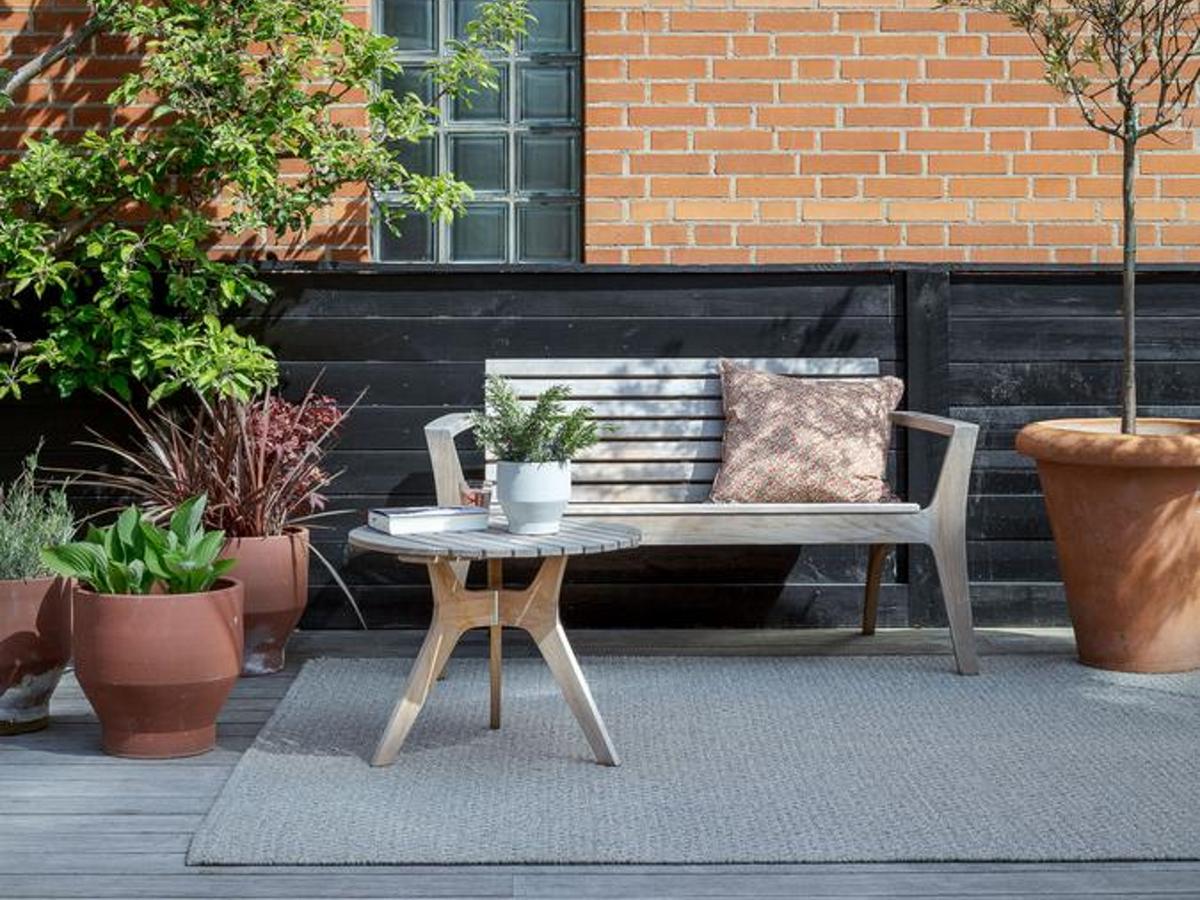
Propylene and polyester are suitable materials for outdoors
Designer rug FAQs
How do you recognize a high-quality carpet?
Carpets can be hand-tufted or hand-knotted. A simple rule helps to determine the high value and quality of a good carpet: the higher the density of tufts or knots, the higher the quality of the carpet. This number is also an indication of how durable and strong a carpet is.
Can outdoor carpets be left in the rain?
Outdoor carpets defy wind and weather. They are made of materials that are sturdy and keep their shape and dry very quickly. They are also not affected by UV rays.
How do I remove pressure points from a carpet?
To remove furniture marks from carpet, melt an ice cube on the mark. The cold and water cause the fibres to straighten up again. For circular imprints, simply pack the ice cubes on the edges. Alternatively, you can use the steam function on your iron. Steam and heat do the same thing as cold and water.


